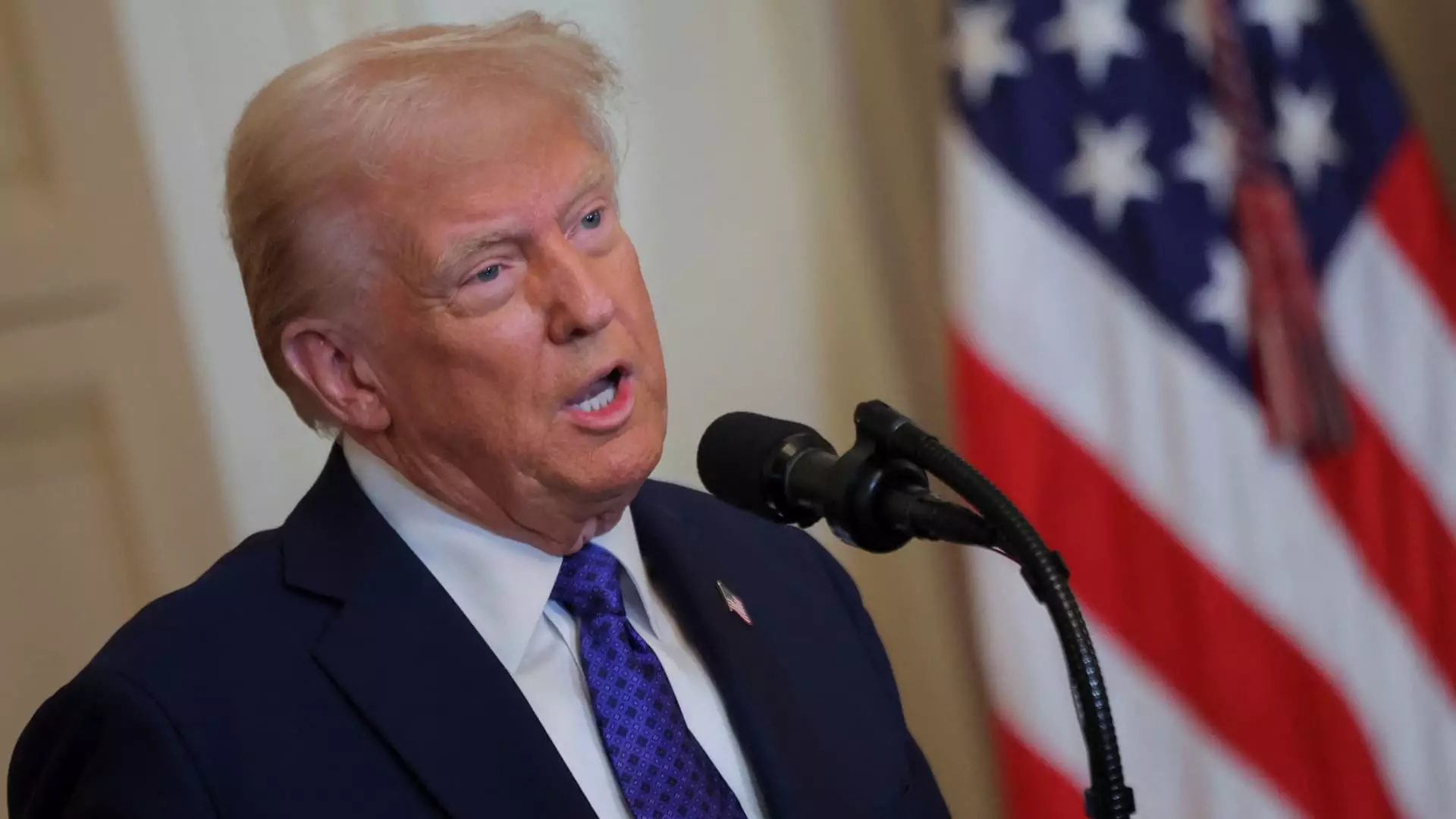The economic landscape in the United States has been notably influenced by varying policies and regulatory environments, particularly during the Trump administration. This period has presented distinct opportunities for different market factions, primarily large financial institutions and small-cap stocks. Each group has unique growth drivers and deserves a deeper analysis to understand potential investment strategies moving forward.
The large-cap financial sector stands out as one of the clear winners during the Trump administration. As deregulation takes center stage, major financial institutions have been positioned for notable growth. Analysts, such as John Davi of Astoria Portfolio Advisors, predict a resurgence in mergers and acquisitions alongside an influx of initial public offerings (IPOs). This predicted environment not only motivates these banks to pursue aggressive growth strategies but also reflects an environment ripe for increased profitability in a deregulated marketplace.
Such predictions are underscored by the stock performance of leading money center banks like Goldman Sachs, JPMorgan Chase, and Bank of America, which have witnessed substantial stock price rallies. The Invesco KBW Bank ETF emerges as a vehicle that encapsulates these financial giants, benefiting from the strong momentum in the sector. With growth of almost 10% since the start of the year, and an astounding gain of over 49% in the previous year, the bullish sentiment surrounding these stocks seems robust, driven by investor confidence in their ability to navigate and thrive in a favorable regulatory environment.
While large banks are riding the wave of deregulation, the environment under the Trump administration has also sparked optimism for small-cap stocks. Analysts like Todd Rosenbluth at VettaFi see small-cap equities poised for growth, largely due to their concentrated exposure to the domestic market. This characteristic makes these companies less vulnerable to global economic shifts, allowing them to adapt swiftly to reshoring initiatives and tariff-related challenges.
Rosenbluth recommends several ETFs focusing on small and mid-cap stocks as investment options, emphasizing the resilience and growth potential inherent to this sector. Funds like the T. Rowe Price Small-Mid Cap ETF highlight the nimbleness of these companies, which are more likely to respond favorably to domestic-focused policies. Furthermore, the VictoryShares Small Cap Free Cash Flow ETF exemplifies a strategic approach, targeting companies that not only exhibit high-quality fundamentals but also strong free cash flow generation. This focus on solid financial health underpins the robustness of small-cap equities and positions them favorably in a climate of uncertainty.
The division between large-cap banks and small-cap stocks highlights contrasting investment strategies. For investors looking for stability and consistent growth, the financial sector, particularly the large banks, presents a compelling argument. With their strong market leadership and potential benefits from deregulation, these institutions are gearing up for a potentially transformative phase.
Conversely, small-cap stocks cater to those seeking rapid growth potential and adaptability. The nimbleness of these companies allows them to pivot quickly in response to policy changes and market conditions, particularly as the focus on domestic manufacturing and job creation intensifies. The unique attributes of small-cap stocks provide an attractive alternative for investors willing to embrace a slightly higher risk for potentially higher rewards.
The Trump administration’s policies have generated two divergent pathways for investors. The large financial institutions are benefiting from a lax regulatory environment that fosters mergers, acquisitions, and significant profit growth, while small-cap stocks are thriving in an atmosphere that favors domestic business operations and rapid adaptation capabilities.
For investors, understanding these dynamics is crucial in making informed decisions. Whether one opts to invest in the powerhouse banks that are likely to lead the charge in economic recovery or to target the swift-moving small-cap stocks, there remains a wealth of opportunities tailored to diverse investment strategies. As the political landscape continues to unfold, staying abreast of these evolving market conditions will be essential.

